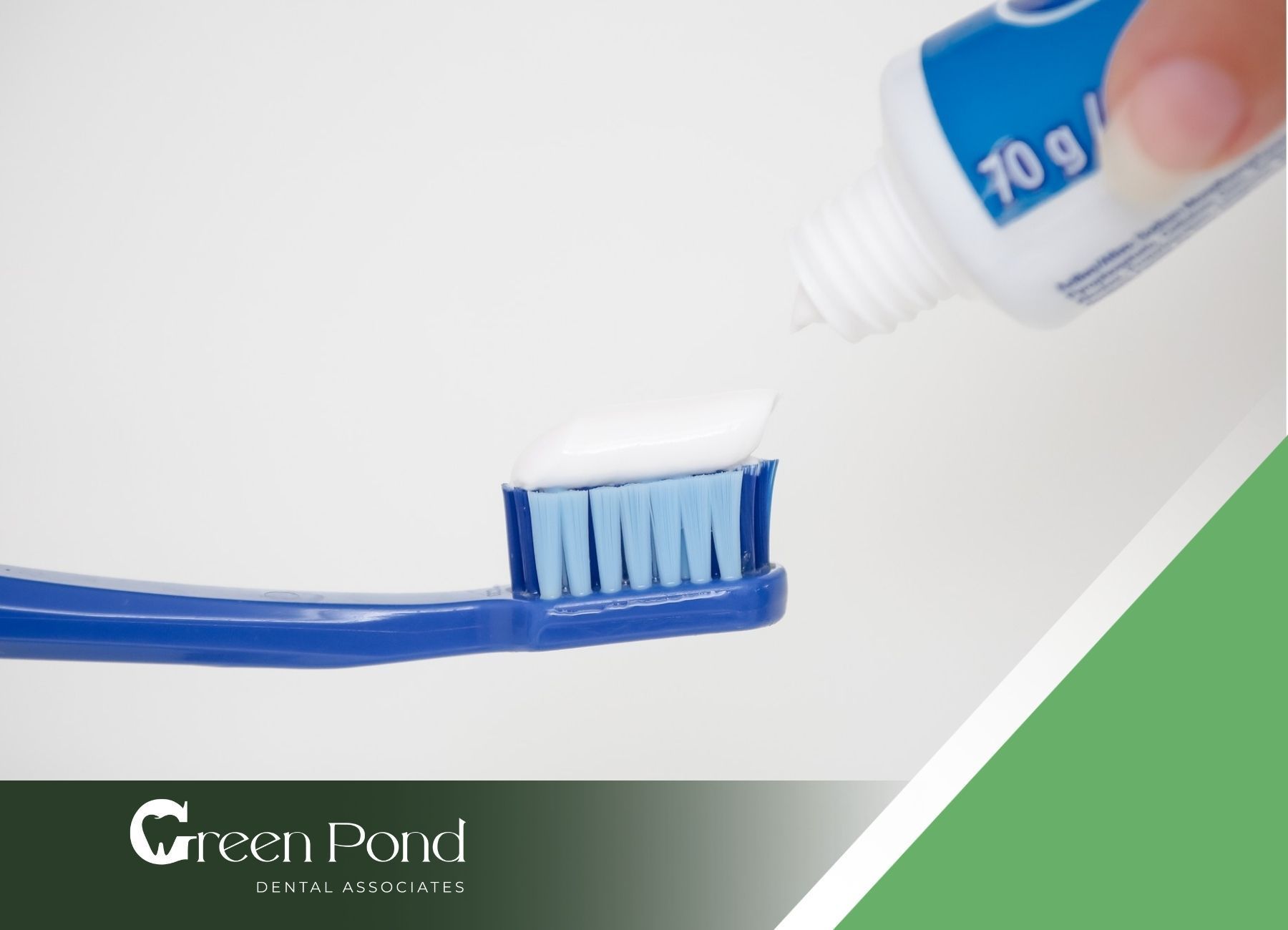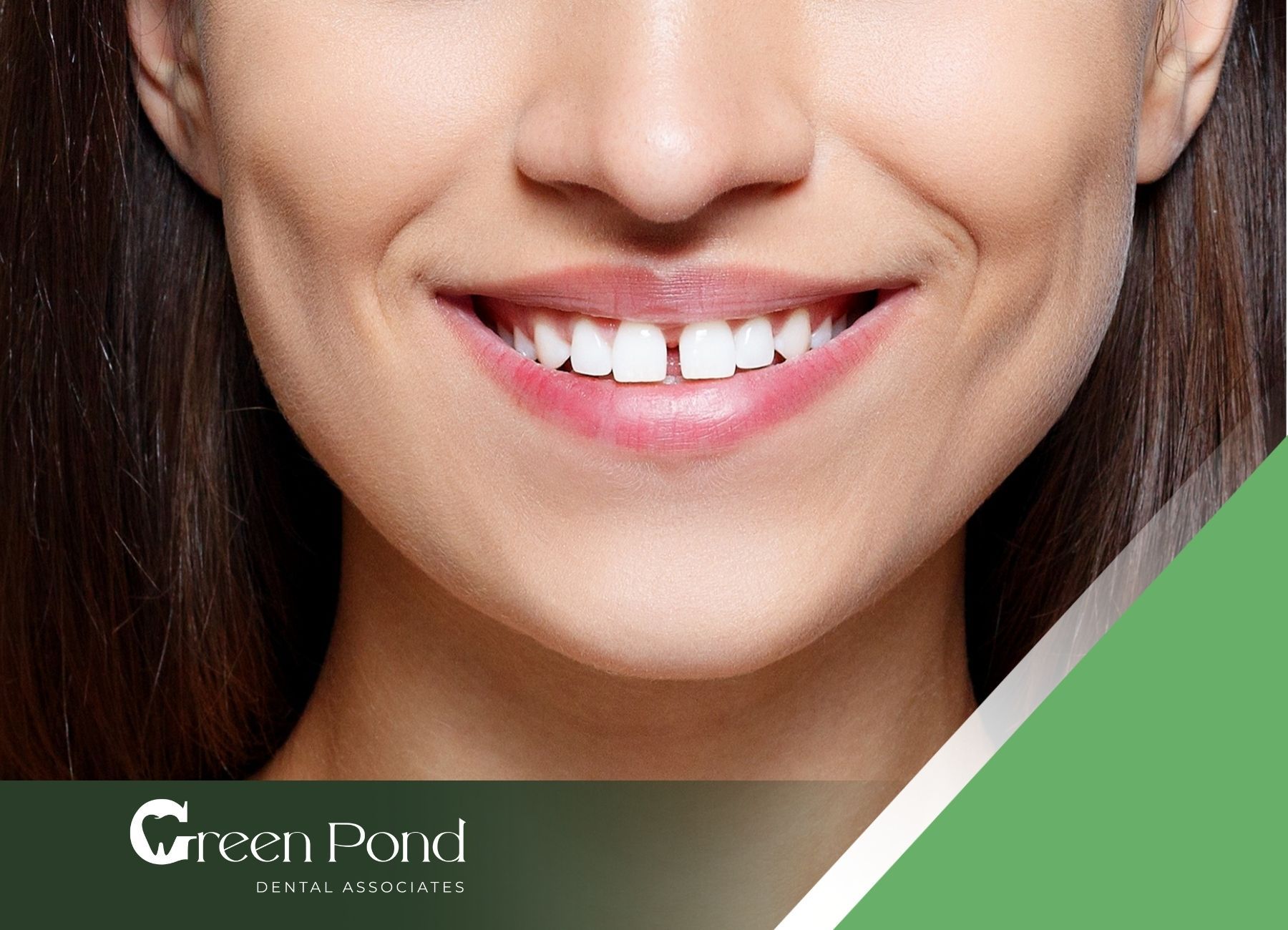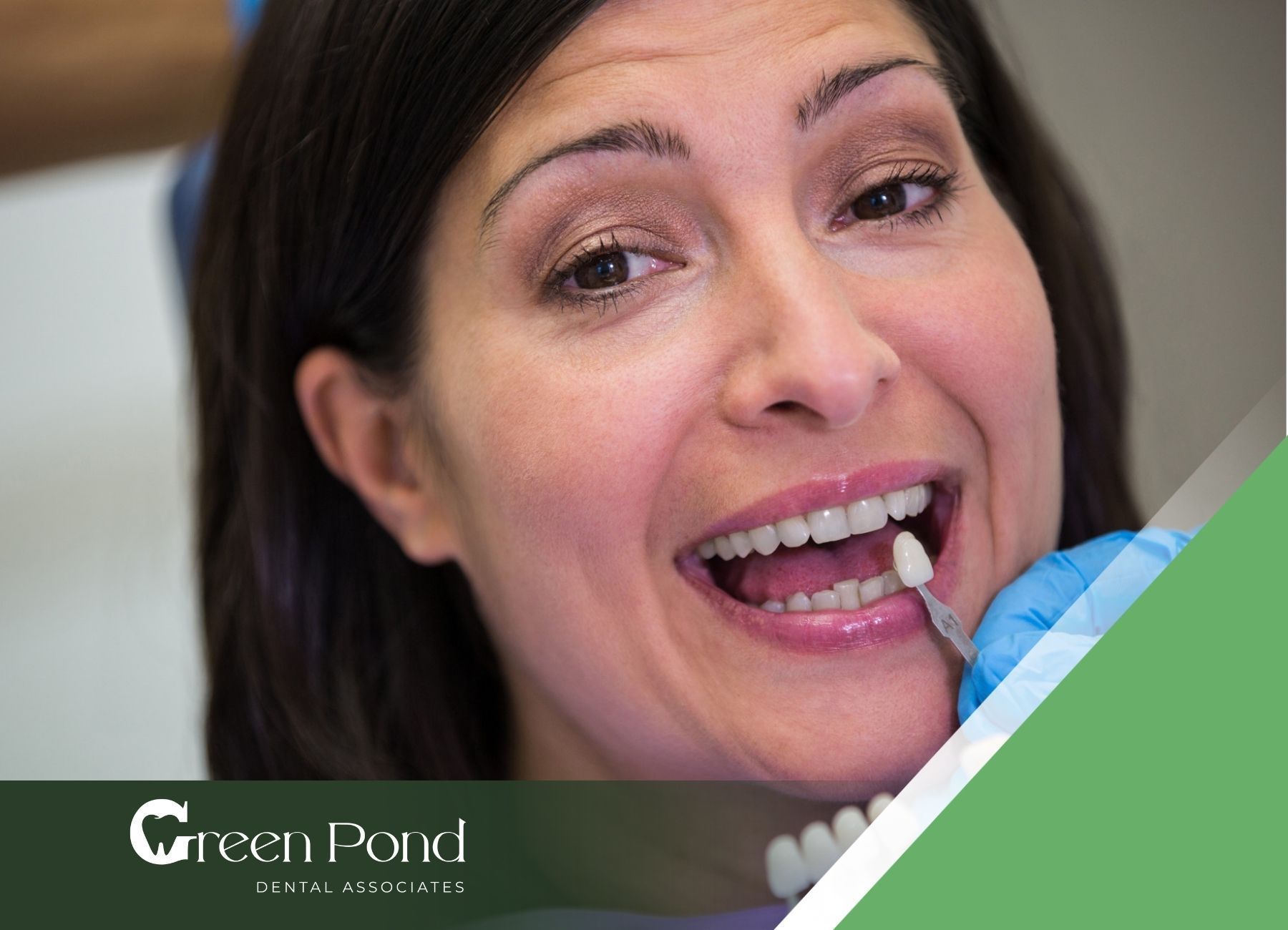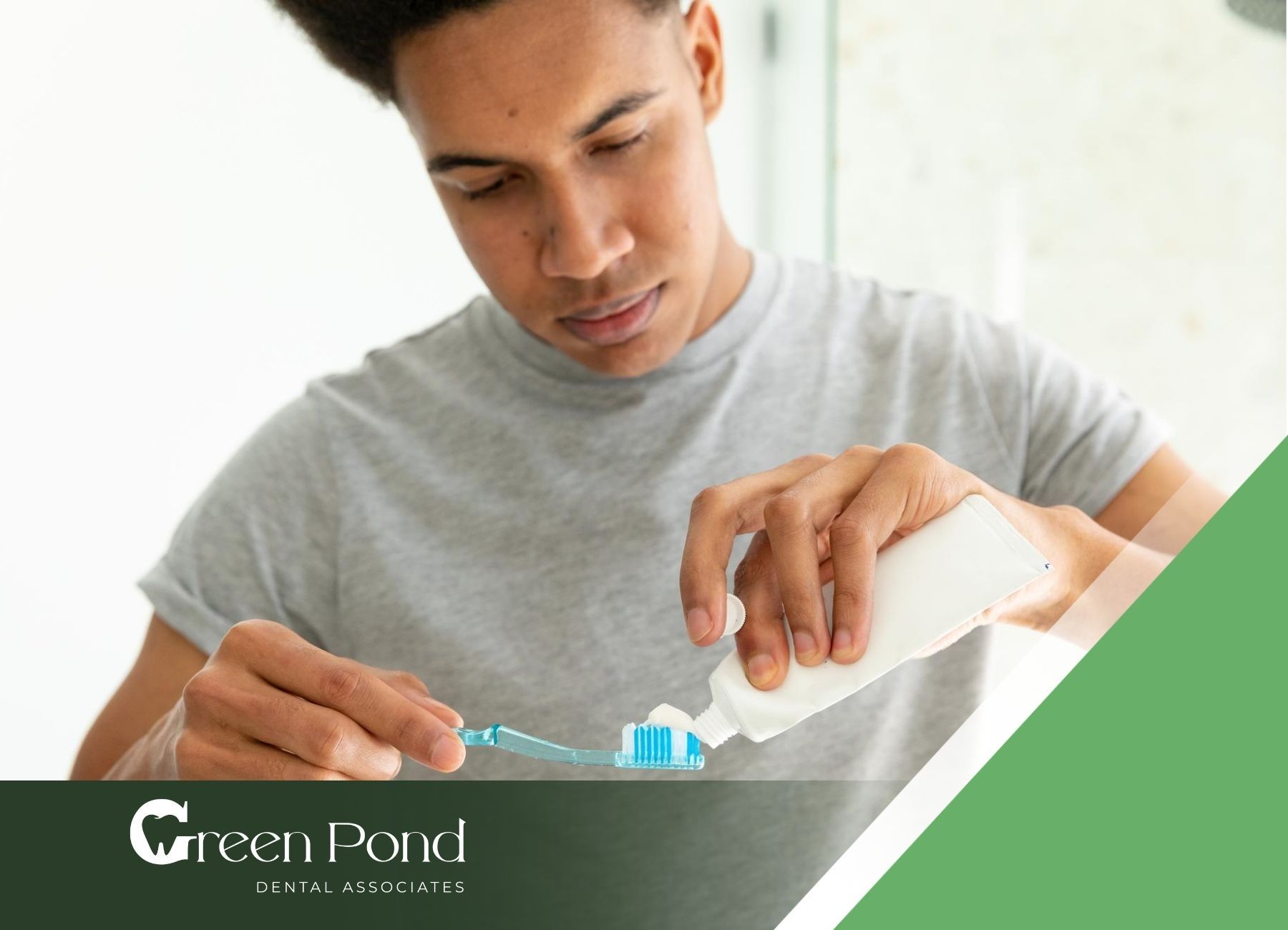Whitening Strips Are Bad for Your Teeth: Learn the Facts
Whitening strips have become a popular choice for achieving a brighter smile. These thin, plastic strips coated with a peroxide-based gel promise to remove surface stains and improve tooth color. However, it's essential to understand the potential benefits and risks associated with these products before incorporating them into your oral care routine.
Let's explore how whitening strips work, their effectiveness, and potential side effects.
Understanding Whitening Strips
Whitening strips have gained popularity as a convenient option for achieving a brighter smile. They contain specific ingredients designed to lighten tooth color, but understanding these ingredients and how they work is essential for anyone considering their use.
Whitening Strip Ingredients
The primary active ingredients in most whitening strips are bleaching agents, typically hydrogen peroxide or carbamide peroxide. These agents work by penetrating the enamel and reaching the dentin layer of the teeth. The concentration of hydrogen peroxide in whitening strips generally ranges from 5% to 15%.
| Ingredient | Purpose |
|---|---|
| Hydrogen Peroxide | Main whitening agent |
| Water | Solvent |
| Glycerin | Humectant that helps maintain moisture |
| Carbomer | Thickening agent for the strip formulation |
| PEG | Helps with the adhesion of the strips |
These strips can potentially damage tooth enamel and cause sensitivity if used improperly or for extended periods.
How Whitening Strips Work
Whitening strips function by breaking down the molecular bonds that give rise to tooth discoloration. This process occurs at a microscopic level, where the bleaching agents target compounds called chromogens that stain the teeth. The peroxide in the strips penetrates through the enamel and reaches the dentin, effectively lightening the color of the teeth.
While the effectiveness of whitening strips can be appealing, it is important to note that they can exacerbate sensitivity in individuals with pre-existing conditions. The bleaching agents can seep into the dentin, potentially triggering increased sensitivity pain.
Patients considering whitening strips should be aware of the ingredients and mechanisms involved to make informed choices about their dental care.
Are Whitening Strips Bad for Your Teeth? Impact on Teeth
When considering the effects of whitening strips, it is essential to understand their potential impact on dental health. Two significant concerns are the possible damage to dentin and the issue of tooth sensitivity.
Potential Damage to Dentin
Whitening strips contain hydrogen peroxide, the active ingredient responsible for the whitening effect. Recent research presented at the American Society for Biochemistry and Molecular Biology indicates that hydrogen peroxide can harm the protein-rich dentin layer beneath the enamel, particularly affecting collagen. The damage to dentin can compromise the structural integrity of teeth, leading to long-term dental issues.
Studies have shown that hydrogen peroxide concentrations found in whitening products can lead to the degradation of collagen in dentin. In some cases, treatment with these concentrations resulted in the original collagen protein disappearing, as observed in studies that utilized entire teeth and artificial saliva. This degradation can weaken the teeth over time, raising concerns for individuals who frequently use whitening strips. Key Effects of Whitening Strips on Dentin:
- Damage to collagen proteins
- Compromised structural integrity
- Long-term dental issues
Tooth Sensitivity Concerns
Another significant concern associated with the use of whitening strips is tooth sensitivity. The high concentration of hydrogen peroxide can lead to increased sensitivity as it oxidizes the proteins in the dentin layer. This sensitivity often results from the level of hydrogen peroxide being too high.
Overusing whitening strips can not only lead to temporary discomfort but may also cause permanent damage to the protective enamel layer. This erosion of enamel can result in more severe dental problems, including the risk of tooth loss. Potential Outcomes of Tooth Sensitivity:
- Temporary discomfort
- Permanent enamel erosion
- Increased risk of tooth loss
Understanding these impacts is crucial for patients considering the use of whitening strips. Proper usage and awareness of potential side effects can help mitigate risks while achieving desired whitening results.
Hydrogen Peroxide Concerns
Whitening strips commonly contain hydrogen peroxide as an active ingredient, and while they can effectively brighten teeth, concerns have emerged regarding their impact on dental health. This section examines the effects of hydrogen peroxide on collagen and the dentin repair process.
Effects on Collagen
Hydrogen peroxide can interact negatively with the collagen in the dentin layer beneath the enamel. New research presented at the American Society for Biochemistry and Molecular Biology meeting revealed that the presence of hydrogen peroxide in teeth whitening products can damage this protein-containing layer, leading to potential issues for dental health.
- Oxidation of Proteins: Hydrogen peroxide oxidizes collagen proteins, which can lead to weakening and damage of the dentin.
- Increased Sensitivity: Damage to collagen may result in heightened tooth sensitivity, particularly if the concentration of hydrogen peroxide is excessive.
Dentin Repair Process
The dentin contains cells that can potentially repair collagen damage, but this process is slow due to the low blood supply in the pulp. While collagen in dentin can regenerate, the efficiency of this repair is still under investigation.
Research has shown that exposure to hydrogen peroxide concentrations similar to those in whitening strips may lead to the complete disappearance of original collagen proteins in dentin. The long-term implications of this damage, including whether it is permanent, remain uncertain as studies on the subject are still in their early stages.
Understanding the effects of hydrogen peroxide on collagen and the dentin repair process is important for patients considering the use of whitening strips. Being informed allows for better decision-making regarding dental care and whitening options.
How to Use Teeth Whitening Strips Safely?
When considering the use of whitening strips, it is essential to follow safe practices to minimize potential risks such as tooth sensitivity and enamel damage.
Recommended Usage Limits
To ensure safe application, it is crucial to adhere to recommended usage limits. According to Crest, users should not exceed two upper strips and two lower strips per day. Overusing whitening strips can lead to increased tooth sensitivity and gum discomfort.
Excessive use may not only result in temporary discomfort but can also lead to permanent damage by eroding the protective enamel layer, which could increase the risk of tooth loss.
Preventing Tooth Sensitivity
To minimize discomfort from tooth sensitivity, several strategies can be employed. The most common side effect reported by dentists after using whitening strips is transient tooth sensitivity, which typically does not indicate underlying damage.
Here are some practical tips for preventing sensitivity:
- Temperature Control: Avoid consuming extreme-temperature beverages right after whitening. Opt for room-temperature drinks instead.
- Lower Peroxide Levels: Choose products with lower peroxide concentrations (around 5% to 6%) to help reduce sensitivity.
- Shorter Application Times: Limit the application time to around five minutes per session. This approach can lessen the impact on sensitive teeth.
- Consult a Dentist: If painful sensitivity occurs, it is recommended to stop using the product immediately and consult with a dental professional for personalized advice and product recommendations.
Following these safe whitening practices can help individuals achieve their desired results while maintaining the health of their teeth.
Professional vs. At-Home Whitening
When considering teeth whitening options, it is essential to understand the differences between professional treatments and at-home whitening strips. Each method varies significantly in terms of the concentration of bleaching agents used and the associated risks.
Bleaching Agent Concentrations
The concentration of active bleaching agents in whitening products plays a crucial role in their effectiveness and safety. Professional dental whitening procedures, performed by a dentist, typically use higher concentrations of bleaching agents compared to over-the-counter whitening strips.
| Whitening Method | Bleaching Agent Concentration |
|---|---|
| In-Office Whitening | Up to 25% hydrogen peroxide |
| High-Concentration Whitening Strips | About 14% hydrogen peroxide |
| Mild Whitening Strips | Around 6% hydrogen peroxide |
| Carbamide Peroxide (Over-the-Counter) | Up to 44% |
Professional treatments achieve more dramatic results in less time. For example, a typical in-office whitening session can lighten teeth by several shades in just one hour, while home-use strips may take several days or weeks to show improvement.
Risks of Over-Whitening
Using high concentrations of bleaching agents can increase the risk of tooth sensitivity and irritation. Although the bleaching agents in whitening strips are less potent than those used by dentists, they still have the potential to damage the soft tissue of the gums. Contact between the strips and the gums should be avoided to minimize this risk.
The risk of over-whitening is a significant concern for patients using at-home strips. Excessive use can lead to enamel erosion, increased
tooth sensitivity, and gum irritation. Professional whitening treatments not only use higher concentrations but also include protective measures such as gum shields, which help ensure more uniform bleaching and reduce the risk of adverse effects.
Patients must weigh the benefits and risks of each whitening method carefully. Understanding these differences can aid in making informed decisions about the best approach for achieving a brighter smile.
Professional Dental Service
What is the best and safest way to whiten teeth? Dentists have access to stronger whitening agents and can monitor the process closely to prevent damage to your teeth and gums. While over-the-counter options like whitening strips and toothpaste can provide some results, they often produce less dramatic and longer-lasting effects compared to professional whitening.
Professional teeth whitening offers superior results compared to over-the-counter options. There are primarily two methods:
- In-Office Whitening
This involves a concentrated gel applied to your teeth, often activated by a special light. It provides dramatic results in a single visit.
- Take-Home Kits
Custom-made trays are created to fit your teeth, filled with a whitening gel, and worn for a specific period each day. This method offers gradual results over several weeks.
Key advantages of professional whitening:
- Higher concentration of whitening agents for better results.
- Dentist supervision to ensure safety and effectiveness.
- Customized treatment plans based on individual needs.
- Reduced sensitivity compared to some over-the-counter options.
Green Pond Dental offers safe and effective teeth whitening treatments tailored to your individual needs. Our experienced dentists will assess your oral health and recommend the most suitable whitening option. With a focus on patient comfort and satisfaction, we deliver exceptional results. Contact Green Pond Dental today to schedule a consultation and embark on your journey to a brighter smile.
Ensuring Dental Health
When considering the use of whitening strips, it is essential to prioritize dental health. Two important factors to keep in mind are the ADA Seal of Acceptance and the importance of consulting a dental professional.
ADA Seal of Acceptance
Consumers should look for teeth whitening products that carry the American Dental Association (ADA) Seal of Acceptance. This seal indicates that the product has undergone rigorous testing for safety and effectiveness by the ADA. Products meeting these standards are more likely to be safe for use and less likely to cause damage to teeth.
Consulting a Dental Professional
Before starting any teeth whitening treatment, it is advised to consult with a dentist. A dental professional can ensure that the chosen products are suitable for an individual's teeth and can address any underlying dental issues.
They can guide the proper use of whitening strips and help minimize potential sensitivity problems. Following product instructions, selecting ADA-approved products, and being aware of sensitivity is critical for safe and effective whitening.
If painful sensitivity occurs while using a whitening product, it is important to stop usage immediately and seek advice from a dental professional. Dentists can recommend products tailored to individual needs and provide strategies to mitigate sensitivity issues.
Considering these factors will help ensure safe practices while using whitening strips and support overall dental health.
Conclusion
While whitening strips can offer a convenient way to brighten your smile, it's crucial to weigh the potential benefits against the risks. Overuse or improper application can lead to tooth sensitivity, gum irritation, and even damage to tooth enamel. Consulting with a dental professional is essential to determine the best approach for achieving a whiter smile.










